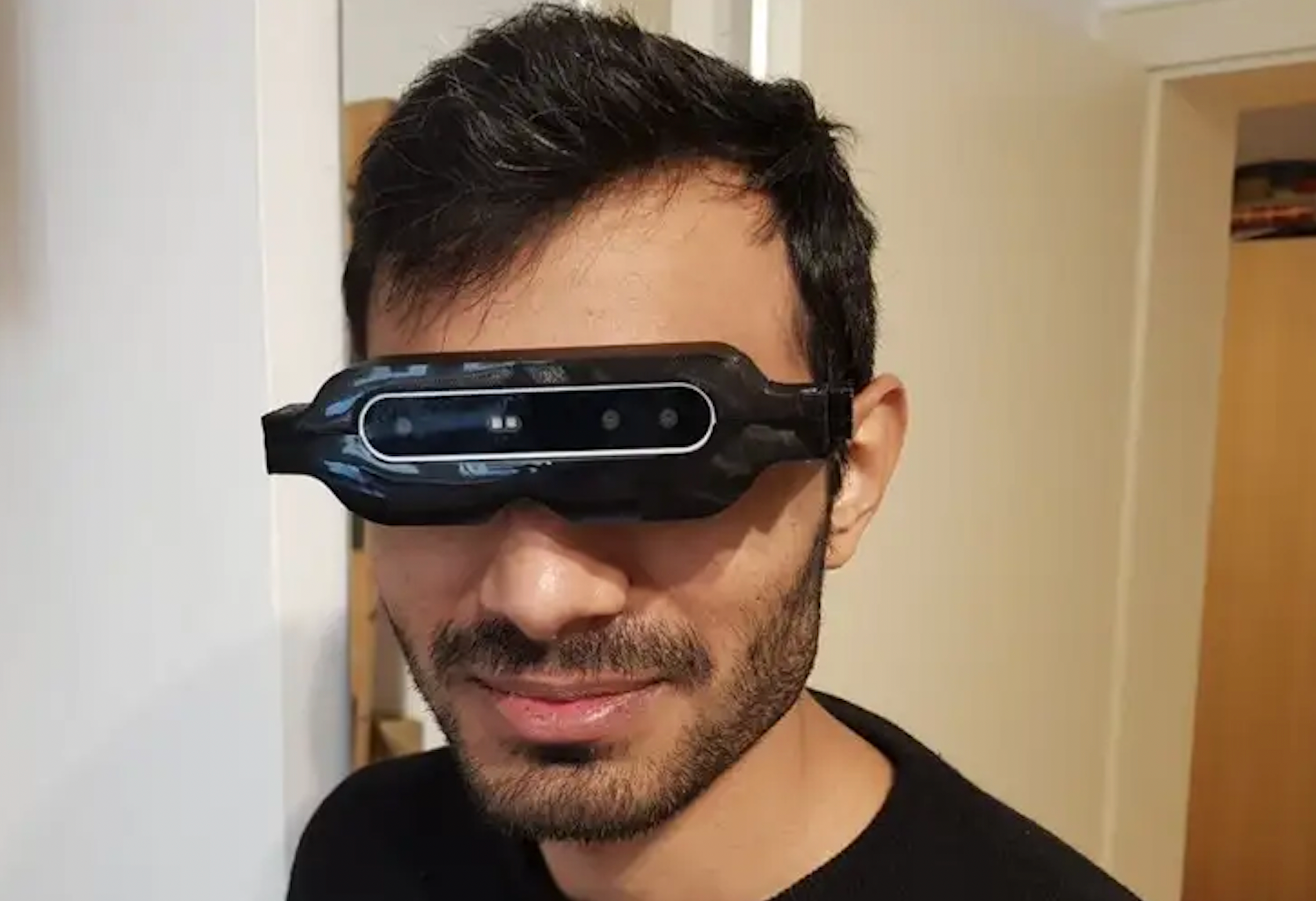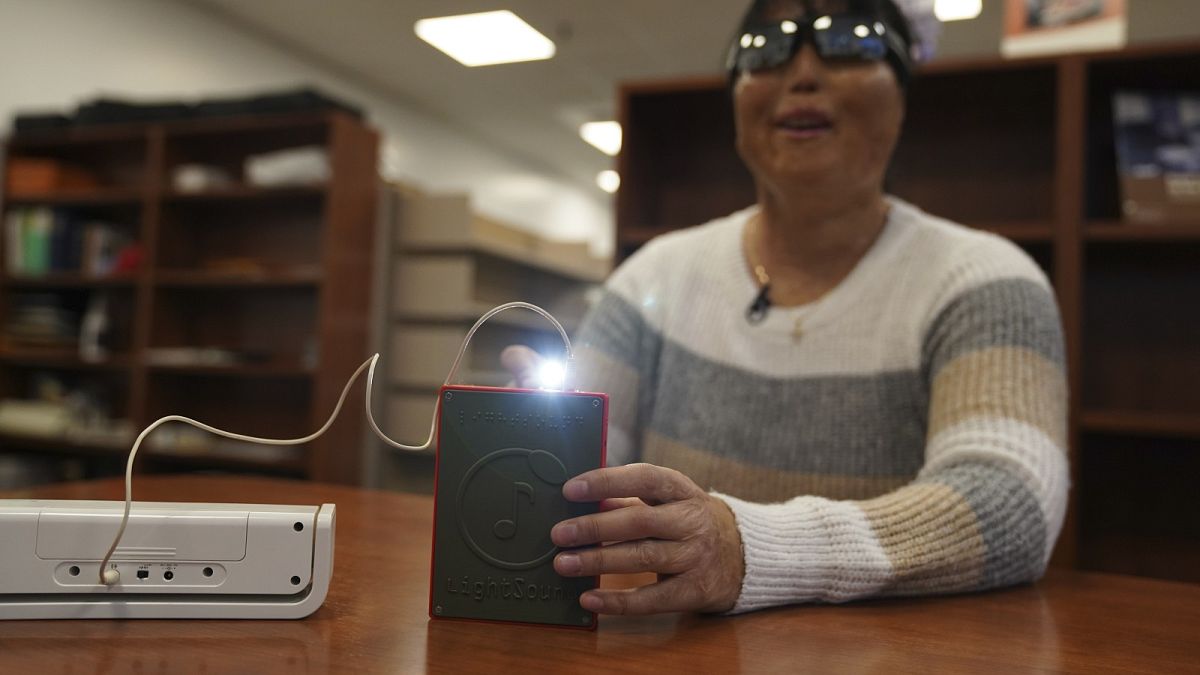OCR Devices for the Blind: Turning Print to Speech in Real-Time
OCR Devices for the Blind: Turning Print to Speech in Real-Time
Blog Article
Empowering Freedom With Assistive Innovation for the Blind
The combination of assistive innovation right into the lives of people with aesthetic disabilities represents a considerable advancement in advertising self-reliance and self-sufficiency. From cutting-edge display viewers to advanced clever walking canes, these devices not just boost day-to-day navigating and interaction however additionally equip individuals to engage meaningfully in numerous aspects of life. As we explore the myriad benefits and real-world applications of these innovations, it ends up being critical to check out the underlying factors that contribute to their effectiveness and the capacity for future developments in this crucial area.
Introduction of Assistive Innovation

The advancement of assistive technology is grounded in principles of inclusivity and empowerment. Innovations in software program, equipment, and sensory improvements offer individuals with alternatives tailored to their details needs. From screen viewers that transform text to speech, to tactile gadgets that communicate details with touch, these tools change the means people involve with their surroundings.
In enhancement to functional applications, assistive technology cultivates greater social inclusion and participation in different fields, consisting of education and employment (Assistive technology for the blind). As r & d remain to develop, the capacity for assistive innovation to even more improve the lives of visually impaired people continues to be encouraging, paving the method for a more fair culture where everyone can thrive
Kinds Of Assistive Tools
A range of assistive gadgets have emerged to support individuals with aesthetic problems, each created to fulfill particular demands and improve daily performance. These gadgets vary from low-tech remedies to high-tech developments, providing diverse alternatives for individuals.
Low-tech tools consist of magnifiers and large-print products that aid in analysis and writing. Braille tools, such as Braille styluses and slates, enable tactile analysis and communication. Orientation and wheelchair help, like white walking canes, aid customers browse their atmosphere securely.
On the greater end of the range, electronic zoom systems and screen viewers provide substantial assistance. Digital magnifiers allow users to increase the size of message and photos on displays, while screen viewers transform digital material into manufactured speech, assisting in access to details on smartphones and computers.
Smartphone applications also play an essential duty, giving features like message acknowledgment and navigating help. Wearable technology, such as clever glasses furnished with increased fact, is becoming a promising tool to boost situational understanding.
Advantages of Assistive Modern Technology
The assimilation of assistive innovation dramatically enhances the lifestyle for people with visual problems. These technologies equip customers by advertising freedom, allowing them to navigate their environments more successfully and carry out daily jobs with greater simplicity. Screen readers and magnification software application enable people to access digital information, cultivating expert and academic chances that might have previously been out of reach.
Furthermore, assistive tools such as clever walking canes and GPS applications give real-time navigating assistance, boosting wheelchair and safety and security. This enhanced autonomy not only boosts self-esteem but likewise motivates social engagement, permitting individuals to participate even more fully in their communities.
Assistive technology also helps with interaction, assisting customers link with others through voice acknowledgment and text-to-speech applications. This capacity is essential for preserving relationships and accessing important details.
In addition, the modification alternatives available with lots of assistive modern technologies ensure that customers can tailor tools to their certain needs, even more boosting functionality and efficiency. Overall, the advantages of assistive modern technology for individuals with visual disabilities are profound, advertising a more comprehensive culture where everyone can seek their desires and goals.
Study and Success Stories
Highlighting the transformative influence of assistive modern technology, countless instance studies show just how people with visual disabilities have actually successfully integrated these devices right into their daily lives. One compelling instance entails an university student who made use of screen analysis software application to navigate scholastic materials and online resources successfully. This modern technology not only promoted her education and learning yet additionally boosted her confidence in joining conversations and team projects.
An additional situation research includes a professional who uses a smart device application created for navigation and item recognition. By using this app, he has gained back freedom in her comment is here both his individual and workplace, enabling him to commute independently and involve with colleagues better.
In addition, a senior citizen shared her experience with braille e-readers, which allowed her to access a large selection of literature and stay linked with her area via publication clubs.
These success stories highlight the critical role of assistive innovation in promoting independence, boosting top quality of life, and advertising social assimilation for people with aesthetic impairments (Mobility aids for visually impaired users). By welcoming these innovative tools, individuals can get over challenges and take opportunities that add to their professional and personal satisfaction

Future Patterns in Assistive Innovation
Innovation in assistive technology is poised to redefine the landscape of assistance for people with aesthetic disabilities. Arising trends stress the assimilation of man-made intelligence (AI) and machine understanding, which enhance the functionality of gadgets that assist with navigation and information ease of access. AI-driven applications are now qualified of translating visual data in real-time, allowing individuals to engage with their setting much more independently.
Moreover, the growth of wearable technology is advancing rapidly. Smart glasses outfitted with increased reality (AR) can supply audio descriptions of surroundings, transforming exactly how individuals interact with public areas. These gadgets not only advertise freedom however additionally foster social incorporation.
Furthermore, the Net of Points (IoT) is making homes smarter, permitting smooth connectivity in between day-to-day devices and assistive devices. This connection equips users by making it possible for voice-activated controls and computerized feedbacks customized to specific needs.
Final Thought
Finally, assistive technology plays a critical function in empowering people with aesthetic impairments by enhancing their self-reliance and interaction with their environments. The diverse variety of applications and tools available not only helps with navigation and communication but also advertises best eye glasses social integration and possibilities for personal and specialist development. As developments continue in this field, the capacity for boosting the top quality of life for those with next page aesthetic impairments will expand, fostering higher autonomy and empowerment.

Report this page